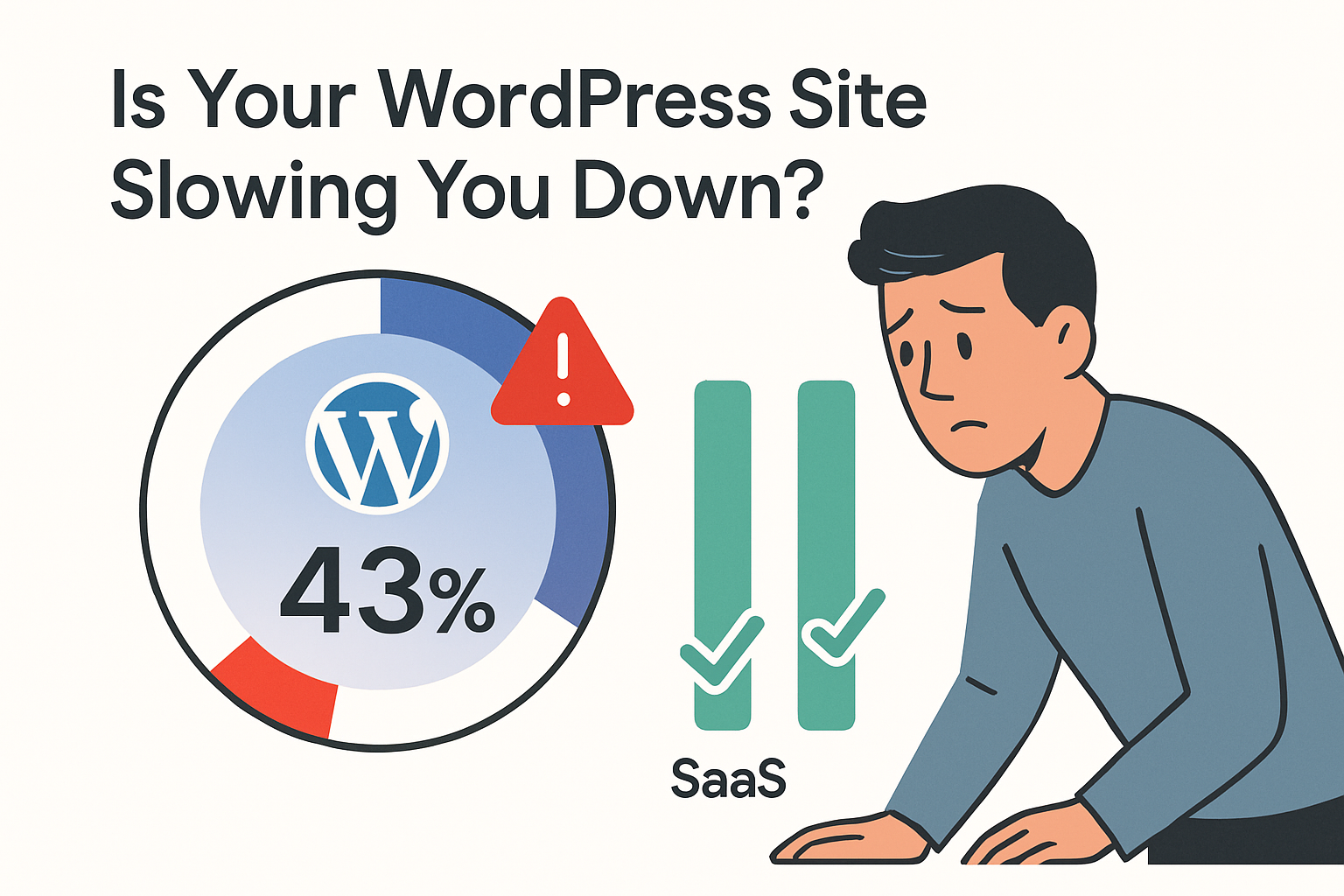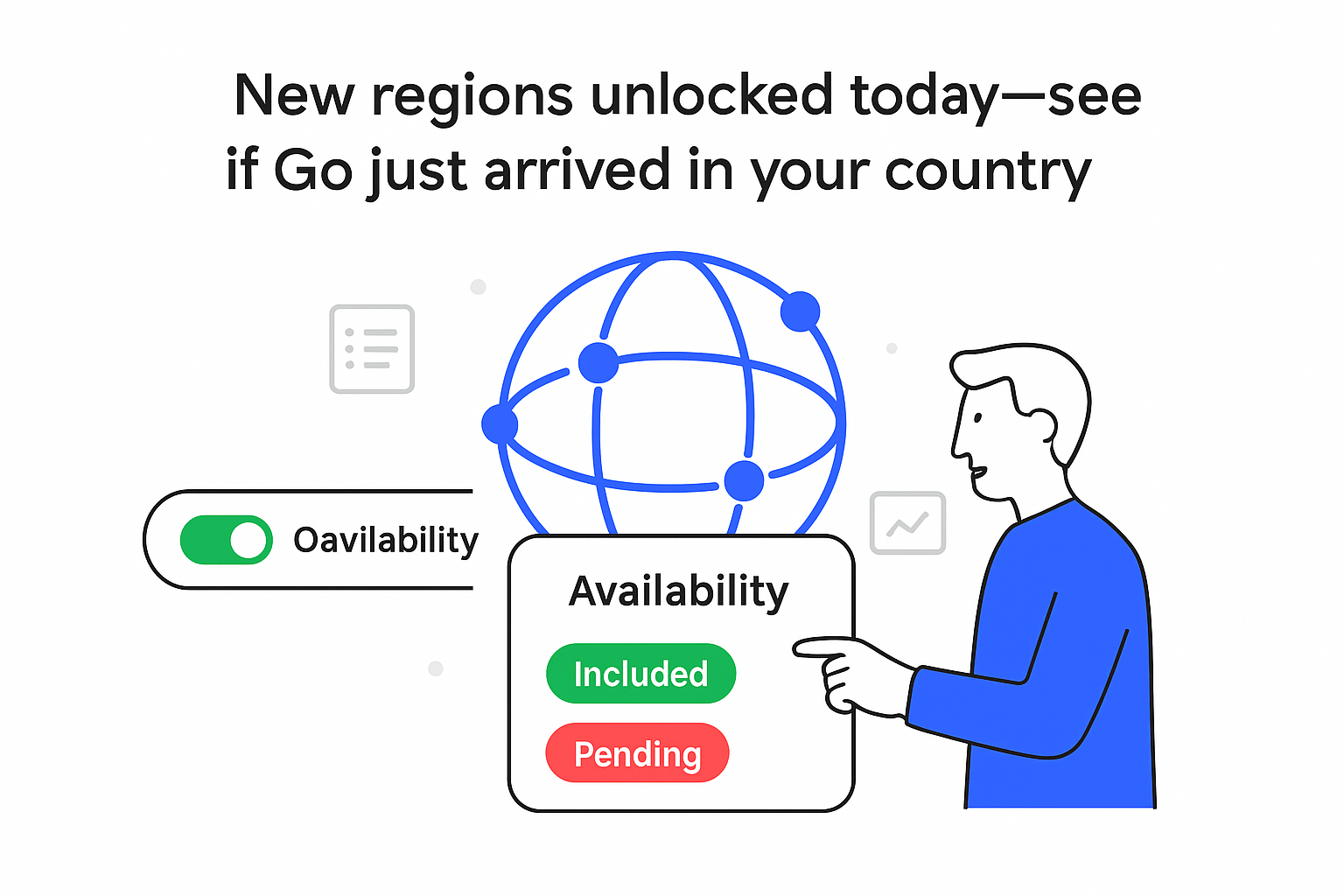Google’s Core Web Vitals (CWV) have been part of the search algorithm for just four years, yet the latest HTTP Archive data shows a widening performance gap between software-as-a-service (SaaS) site builders and open-source WordPress. Duda, Shopify, and Squarespace now clear the CWV bar on 70–95 percent of crawled pages, while WordPress sits at 43 percent. That difference affects paid-media efficiency, organic reach, and total cost of ownership for marketers.
Core Web Vitals CMS rankings 2025 – key takeaways
- Duda: 83.6 percent pass rate, roughly double WordPress. Expect lower bounce rates and higher Google Ads Quality Scores on identical media spend.
- Shopify: 75.2 percent CWV and 89.1 percent INP prove commerce sites need not be slow; controlled app sandboxes and server-side rendering lead the gain.
- Squarespace: 95.9 percent INP. As Interaction to Next Paint becomes a stable signal in March 2025, users may gain organic visibility without code changes.
- WordPress: Flat at 43.4 percent CWV and 85.9 percent INP. Every additional 100 ms of load time can cut conversions 6–7 percent in retail tests.
- Drupal: 59.1 percent CWV but last on INP; complex module stacks introduce input latency even when first paint looks acceptable.
Situation snapshot: June 2025 data cut
The findings stem from the June 2025 HTTP Archive “Technology Report,” which combines:
- Chrome UX Report – real-user data from more than eight million sites (30-day window)
- Lab crawls via WebPageTest and Lighthouse – 9.5 million URLs
Headline CWV pass rates: Duda 83.63 percent; Shopify 75.22 percent; Wix 70.76 percent; Squarespace 67.66 percent; Drupal 59.07 percent; WordPress 43.44 percent. Squarespace tops the INP table with 95.85 percent; Drupal follows at 85.50 percent.
Readers can explore the full dataset here.
Drivers behind the performance gap
- Governance of code supply
SaaS builders vet third-party scripts; WordPress leans on roughly 60 k plugins, and the average live site loads 23 of them. - JavaScript payload
Median JS per WordPress page: 636 KB. Duda: 268 KB. More script means longer main-thread blocking and poorer INP. - Image strategy
SaaS platforms auto-convert to WebP/AVIF and resize images; only 31 percent of WordPress pages serve modern formats. - Edge delivery
Top SaaS CMSs ship on integrated CDNs with HTTP/2 or HTTP/3 by default; just 48 percent of WordPress sites use HTTP/2+. - Update cadence
SaaS fixes roll out centrally, while WordPress relies on site owners to upgrade core, themes, and plugins.
Impact assessment
Paid search and social
Sites that pass CWV more often earn higher Quality Scores. Duda and Shopify users may see Google Ads CPCs fall 5–8 percent versus equivalent WordPress pages. WP advertisers therefore need larger budgets to reach the same impression share.
Organic search (SEO)
With INP graduating to stable in March 2025, responsiveness carries more weight. Squarespace could gain 0.2–0.3 average ranking positions on competitive terms, while slower WordPress sites risk decline. Google still soft-caps CWV influence, so content quality remains decisive once “good” thresholds are met.
Development and operations
Performance maintenance is centralized on SaaS platforms but individual on WordPress. Agencies report 120–180 developer hours per year for WP performance upkeep versus fewer than 20 hours on SaaS builders. Marketers should model total cost of ownership, not just license fees.
Scenarios and probabilities
| Path | Description | Likelihood |
|---|---|---|
| Base | WordPress gains 3–4 points in CWV by end-2025 via core optimizations; still trails Duda by 30+ points. | Likely |
| Upside | Automated “performance safe-mode” disables blocking plugins, lifting WordPress to a 55 percent pass rate. | Possible |
| Downside | INP weighting grows faster than expected, pushing WordPress below a 40 percent pass rate and triggering visible ranking losses. | Edge |
Risks, unknowns, limitations
- CWV is only one ranking factor; slow sites can still rank with strong relevance and backlinks.
- The HTTP Archive sample may under-represent large, finely tuned enterprise WordPress deployments.
- Google has not disclosed the final multiplier INP will carry once stable.
- SaaS CMSs could regress if they loosen app-marketplace controls without resource budgets.
Sources
[S1] HTTP Archive, 2025-06, “Core Web Vitals Technology Report.”
[S2] Google Chrome UX Report, 2025-06 extract.
[S3] R. Montti, Search Engine Journal, 2025-07-25, “2025 Core Web Vitals Challenge.”
[S4] Google Looker Studio dashboard, accessed 2025-07-28.
[S5] Deloitte Digital, “Milliseconds Make Millions,” 2022.
[S6] HTTP Archive Almanac, 2024, “CMS Resource Weights.”
[S7] Catalyst Survey, “CMS Performance Maintenance Hours,” Q2 2024.







.svg)